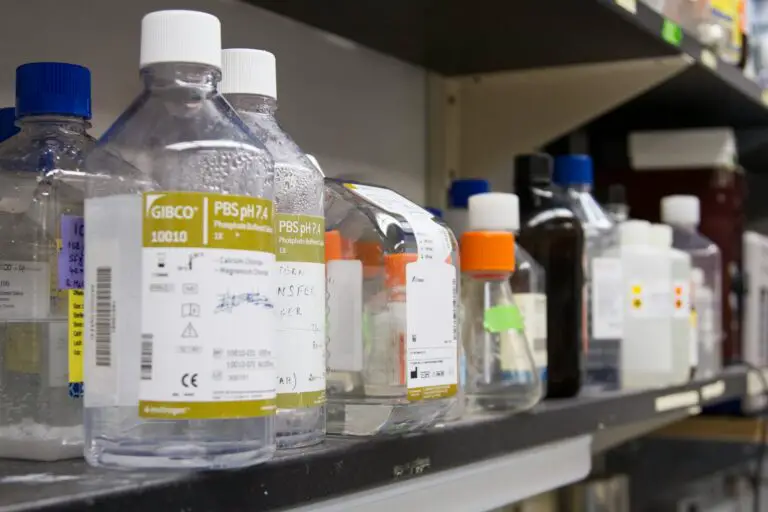
Summary
- Reporting: A systematic approach is essential for documenting risks and incidents in health and social care. Tools like Datix and Ulysses help ensure transparency and accountability.
- Monitoring: Continuous oversight of risk management activities is necessary. Maintaining risk registers and conducting regular audits can identify emerging risks and improve compliance.
- Evaluation: Regular assessment of the risk management programme helps determine its effectiveness. Internal and external reviews should inform continuous improvement plans and regulatory compliance.
- Engagement: Involving stakeholders, including patients and healthcare professionals, enhances the risk management process. Collecting feedback can highlight strengths and areas needing improvement, ultimately leading to safer care environments.
Reporting, monitoring, and evaluation are fundamental components of a robust risk management programme within the health and social care sector.
Reporting
Definition: Reporting involves the systematic documentation and communication of identified risks, incidents, and near-misses within an organisation. This process is important for transparency, accountability, and learning.
Key Components:
- Incident Reporting Systems: Utilise structured formats or software for reporting incidents and near-misses. Systems like Datix and Ulysses are commonly used in UK health and social care.
- Clear Protocols: Establish clear protocols for what constitutes a reportable event and the process for reporting. Protocols should be readily accessible to all staff.
- Anonymity and Confidentiality: Ensure mechanisms are in place to protect the anonymity and confidentiality of reporters to encourage a culture of openness and non-retaliation.
- Timely Submission: Implement procedures that require timely submission of reports, which is essential for swift intervention and mitigation.
- Training and Awareness: Regularly train staff on how to report incidents and why it is important, fostering a culture of safety and continuous improvement.
Monitoring
Definition: Monitoring refers to the continuous oversight of risk management activities to ensure they are being implemented effectively and to detect emerging risks.
Key Components:
- Risk Registers: Maintain comprehensive risk registers that are regularly updated. These registers should include details about identified risks, their potential impact, and current control measures.
- Regular Audits: Conduct regular audits and inspections to ensure compliance with risk management policies and procedures. Audits help identify gaps and areas for improvement.
- Performance Indicators: Develop key performance indicators (KPIs) to monitor the effectiveness of risk management activities. KPIs might include rates of incident reporting, response times, and outcomes of implemented risk controls.
- Feedback Mechanisms: Implement robust feedback systems that allow staff to report on the practicality and effectiveness of risk management strategies in place.
- Stakeholder Engagement: Engage with a range of stakeholders, including patients, healthcare professionals, and regulatory bodies, to gather diverse perspectives on risk management practices.
Evaluation
Definition: Evaluation involves a systematic assessment of the risk management programme to determine its efficacy, identify areas for improvement, and inform future strategies.
Key Components:
- Outcome Analysis: Analyse outcomes of reported incidents and mitigated risks to evaluate how well the risk management interventions have worked.
- Internal and External Reviews: Conduct both internal reviews and seek external audits and evaluations to provide an independent assessment of the risk management programme.
- Continuous Improvement Plans: Develop and implement continuous improvement plans based on evaluation results. These plans should prioritise high-risk areas and focus on enhancing safety protocols.
- Benchmarking: Compare the organisation’s risk management performance with industry standards and best practices to identify areas for advancement.
- Regulatory Compliance: Ensure that the evaluation process adheres to relevant regulations and standards, such as those set by the Care Quality Commission (CQC) and the National Institute for Health and Care Excellence (NICE).
- Stakeholder Feedback: Collect feedback from staff, patients, and other stakeholders to identify perceived strengths and weaknesses in the risk management programme.
By diligently focusing on reporting, monitoring, and evaluation, health and social care organisations can actually enhance their risk management programmes.
This will ultimately lead to safer environments for both patients and staff, as well as more efficient and effective delivery of care services.
Subscribe to Newsletter
Get the latest news and updates from Care Learning and be first to know about our free courses when they launch.






